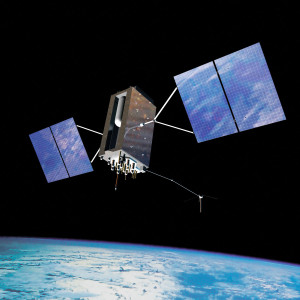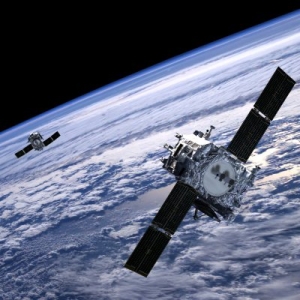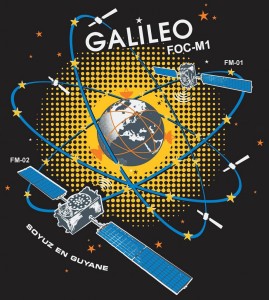The Indian Space Research Organization (ISRO) has announced that they successfully launched the third satellite in their Indian Regional Navigation Satellite System (IRNSS) on Thursday. This satellite has joined two fully operational satellites launched in July 2013 and April 2014.
The most recent satellite is an independent navigation satellite, which will provide GPS-like position information for India and the regions 1,500 km around the country. The IRNSS will consist of a total of seven satellites–three in geostationary orbits and four in inclined geosynchronous orbits. The arrangement is scheduled to be completed by the end of 2015. The next satellite for the IRNSS is scheduled to launch in December of this year, leaving three more to be deployed next year. read more




